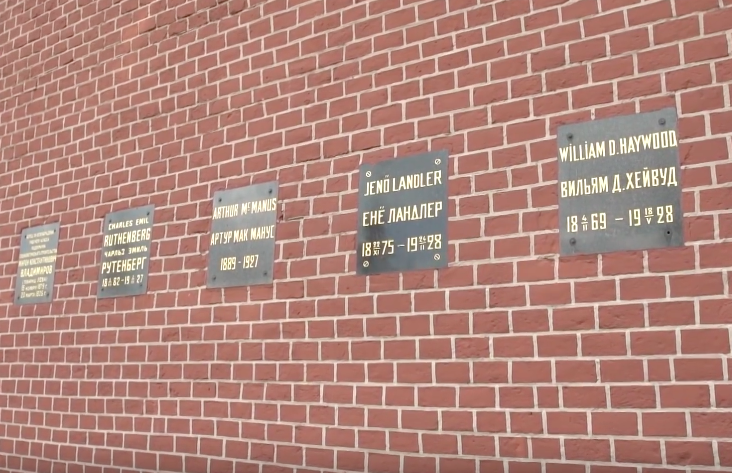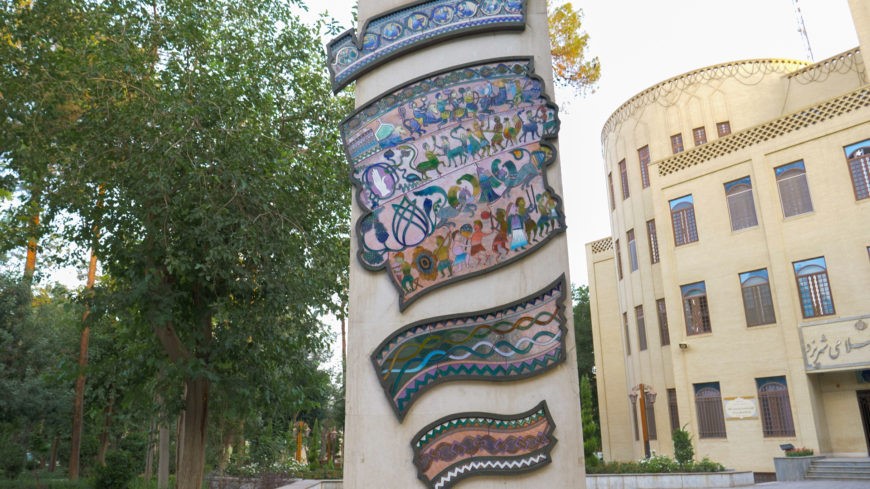The cemetery on the wall of the Kremlin is the resting place of prominent figures of the communist movement. Here lies Jenő Landler, a Hungarian lawyer.
Jenő Landler was born in Zala County in 1875 and moved to the capital shortly afterwards. He began working during railroad strikes as a lawyer for strikers and later as an organizer of the movements.
At the age of 33 he became the member of the Social Democratic Party of Hungary. During the Soviet period he oversaw internal affairs and trade as People’s Commissioner. After taking up his post he took command of the Third Red Army of the Hungarian Red Army in the success of the Northern Campaign.
After the collapse of the Soviet Republic he fled to Austria where he began to organize the illegally operating Communist Party and continued until the end of his life. After his death in Cannes, he was placed in his final resting place at the wall of the Kremlin as one of the 50 foreigners who have been buried there for their sacrificial work for communism.


